Affiliate links on Android Authority may earn us a commission. Learn more.
The online vs offline debate is over, as smartphone brands in India are crossing over

Few years ago, several Chinese smartphone makers were looking for retail and distribution avenues to enter the rapidly growing Indian market. India is geographically a large market with very diverse and complex demographics.
Just at the time, in 2014, as the ecommerce adoption was growing in the country, two brands changed the face of smartphone retail in the market.
The rise and rise of online retail
Early in the year, Motorola made its comeback in India with the Moto G. The company found a partner in Flipkart to not just market and retail the product, but also import the devices into India. Motorola was ‘done and dusted’, and had little to lose. Flipkart placed a big bet on the brand, and put its might behind the brand’s resurgence.
And a few months later, Xiaomi landed in India. The original online champion from China aimed to replicate the same success in India. Instead of making investments in retail and distribution channels, Xiaomi devices were exclusively available on Flipkart. While the company was importing the devices itself, Flipkart took care of retail.
The response to the two brands, and their early products, defined how smartphones were launched in the coming years. Motorola found it’s foot back in the market and has only been growing since then (along with Lenovo) and Xiaomi captured the market share, especially denting that of the domestic handset markers, and is now the second biggest smartphone brand in the country, behind Samsung.
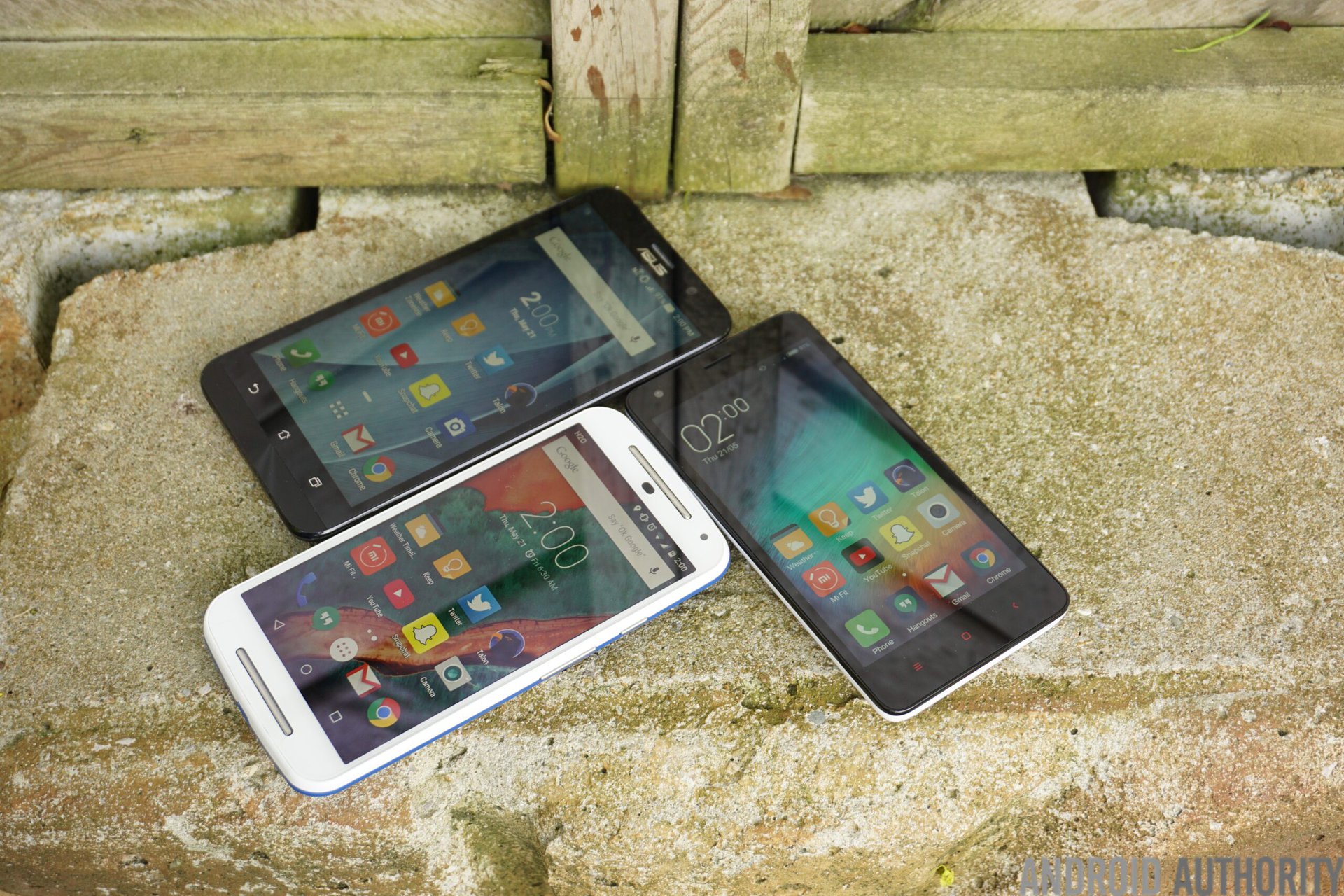
Honor, HUAWEI’s sub-brand, also started as on online brand. According to P Sanjeev, Vice President – Sales, HUAWEI Consumer Business Group, being exclusive to one platform is always a win- win situation for both parties where both HONOR and the platform work closely as a strategic partner and develop a go-to-market strategy that is mutually beneficial keeping the consumer at the center.
While the platform receives exclusive rights to the product, the company benefits from the platform’s reach, visibility and outreach. The platform also extends benefits of their partnerships with different financial institutions to the brand and provide great larger visibility on key headline and sale days.
Indian smartphone makers too followed suit. Micromax, for example, launched its sub-brand YU Mobiles that was exclusively retailed online. Of course, retail strategy is online a part of the whole and needs to be backed by great, value-for-money products. That’s the reason the market saw crystallization in last year or so as several Indian handset makers went out of reckoning and more than one Chinese smartphone makers failed to make a dent.
In quick time, we’ve reached a point where one-third of smartphones volume in the country comes via online retail channels. But it has also reached a plateau of sorts now.
Offline retail is difficult, yet very important
While online continues to be an important channel, smartphone makers also know that sustainable market share happens only through offline.
Brands like Oppo and vivo (and earlier Gionee) with very deep pockets approached the market from the other side. They made huge spends in marketing and establishing retail presence across the country. There’s a popular joke that if you look from space, you can see OPPO and vivo hoardings plastered across the face of India.
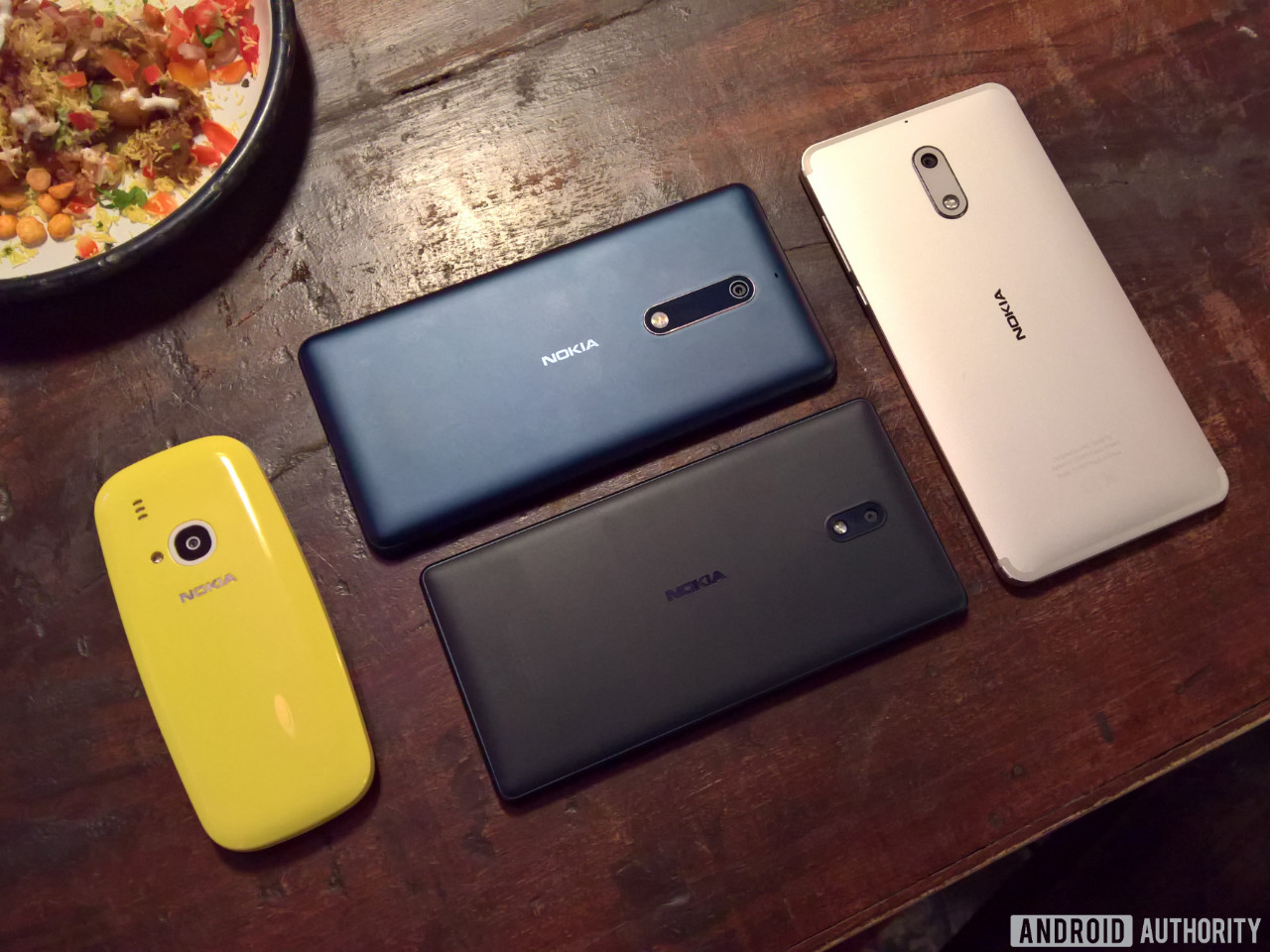
HMD Global, which launched the new series of Nokia smartphones in India couple of months ago, didn’t want to ignore the big offline opportunity and chose to be present across all channels.
Nokia pioneered the offline channel in the country. We have a strong base of partners who have continued working with us through the years. Today, offline channel offers scale and reach that is unmatched. That is the reason most online exclusive brands are now exploring this channel for growth.
Yet, the company couldn’t ignore online because as a channel or medium, it plays an important role in the consumer purchase journey. It also helps the company to make the more digitally savvy consumer aware of the next chapter of Nokia phones. So, while Nokia 5 and Nokia 3 are available in the offline channel, Nokia 6 is available exclusively on Amazon.
A HMD Global spokesperson shared that the brands who have had online-only presence till now will have to spend significant monies to enter the offline channel. He’s right.
Crossing the channels
While the offline market is more dynamic and challenging, it has its audience. A lot of customers cite benefits such as the touch-and-feel experience before purchase decision and an immediate gratification instead of waiting for the delivery.
The online-exclusive brands couldn’t let go of the offline opportunity once they established their credentials in the online space. Brands like Lenovo and Xiaomi started with launching offline variants of their bestselling devices online to test the waters. And then some went all in.
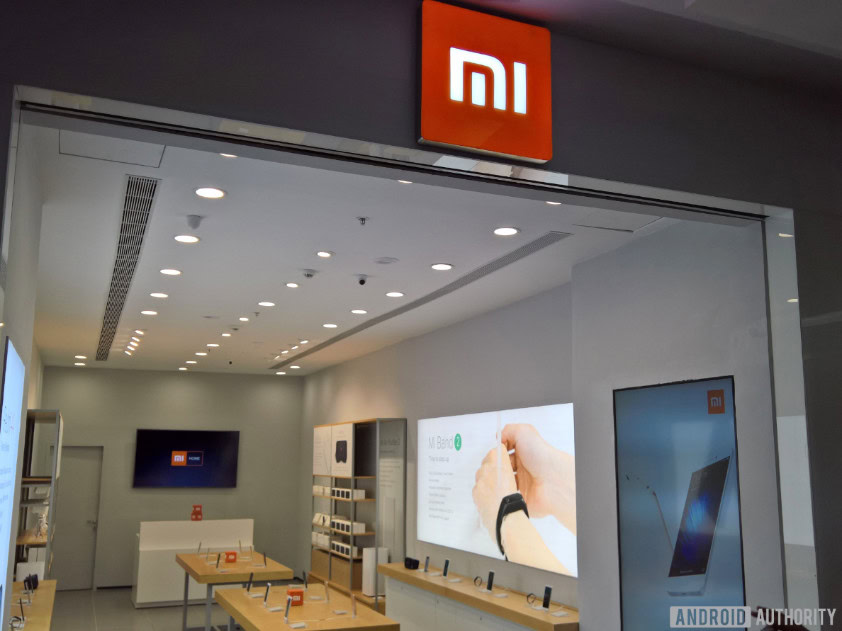
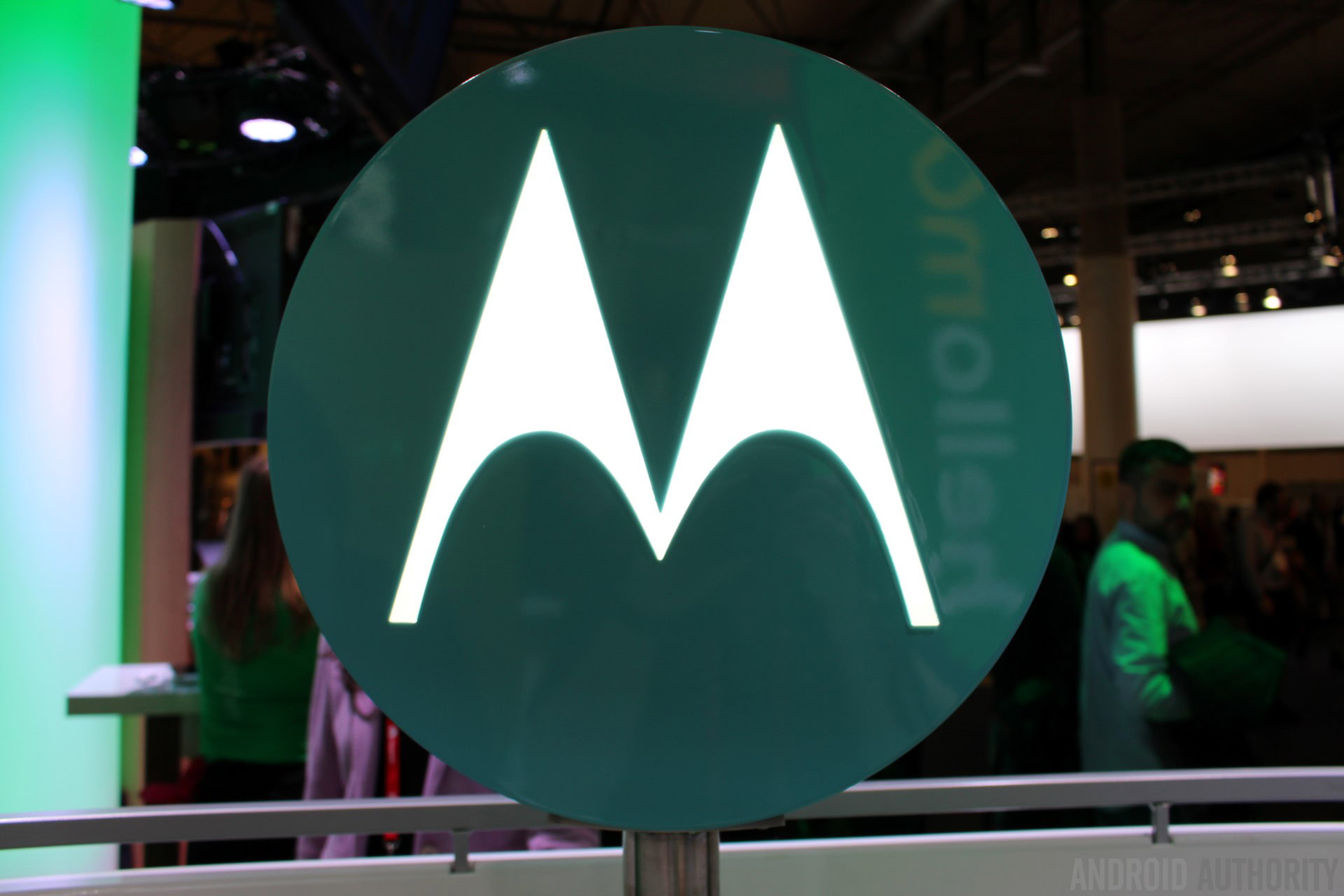
Xiaomi and Motorola – the brands that established online retail for smartphones – have opened exclusive retail stores – Mi Home and Moto Hub. While physical retail stores add costs like rentals they also help save costs of logistics and payment gateway giving the brands similar ‘direct-to-retail’ advantage as an online channel. Manu Kumar Jain, Xiaomi’s India head and Global Vice President, calls it ‘New Retail’ and an ‘Internet+’ model.
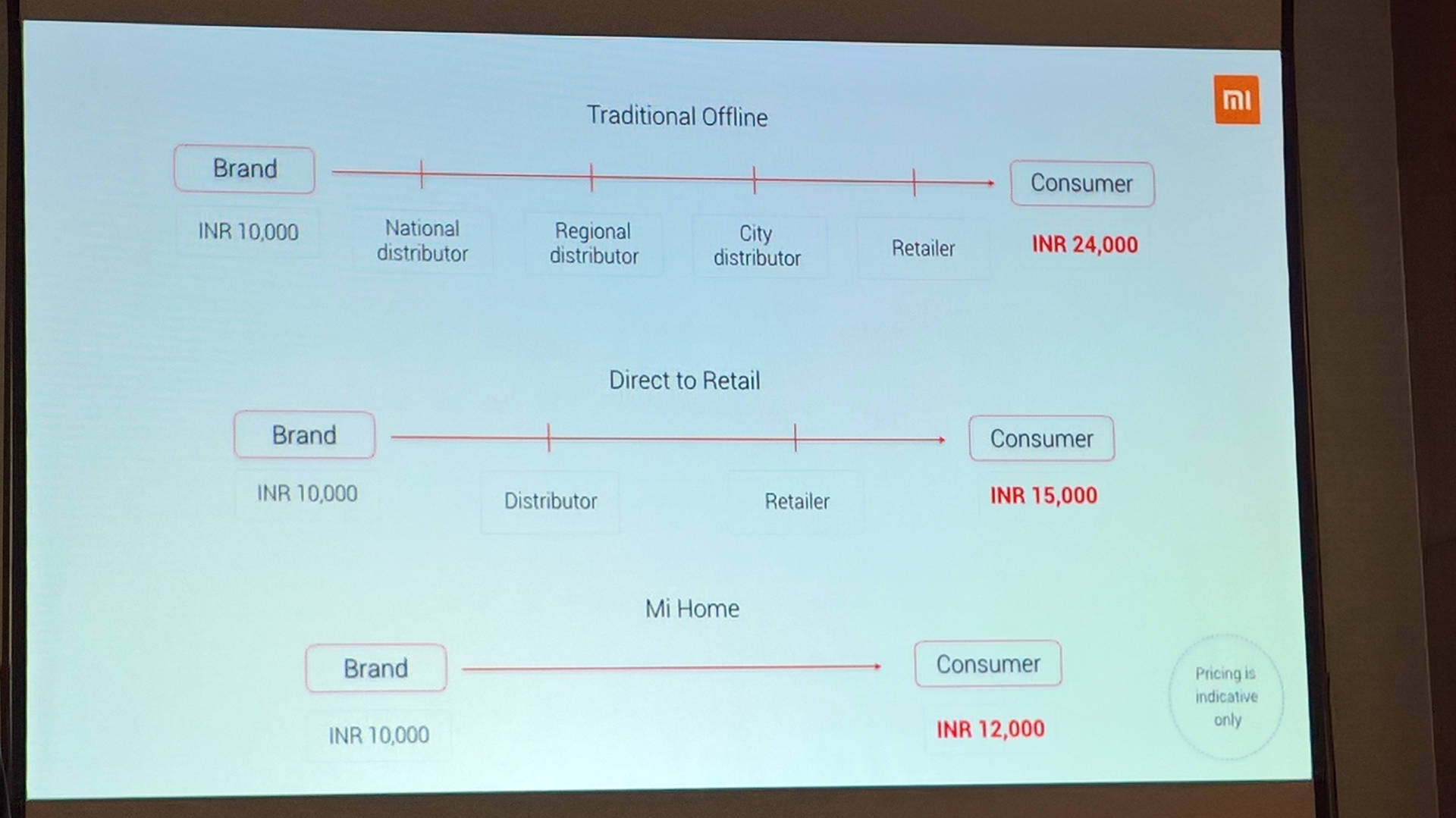
Xiaomi is also establishing its retail presence via large format retailers as well as local, neighborhood stores positioned as Mi Preferred Partners. HONOR has gone the traditional route and been working hard to establish retail and distribution channels pan-India.
P Sanjeev from HUAWEI asserts that the concrete boundaries between online and offline operations of the business in Indian retail industry are slowly dissolving. With mobile penetration being one of the largest in the world, in order to grab a larger untapped audience, the company sells HONOR devices both online and offline in India.
While millennials and digital natives prefer to shop online and take benefits of comparisons, online offers and easy delivery, the majority part of the Indian population prefers to buy mobiles phone from their local retail store.
The bottom line
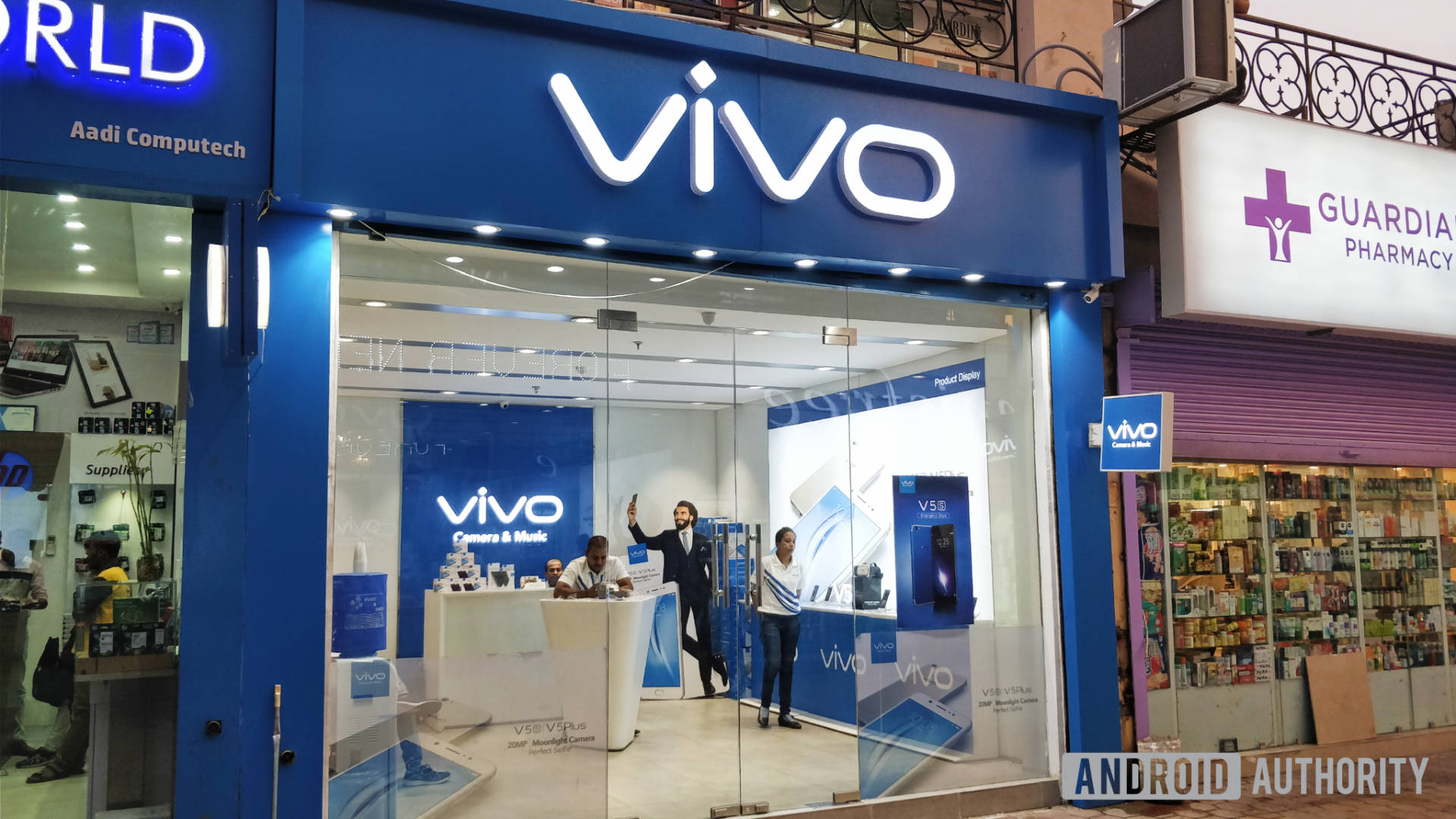
In a growing smartphone market, a 30 per cent share implies that online channel is vital for any brand. More and more urban, discerning consumers buy their smartphones online.
However, each time a consumer in the other 70 per cent walks in to a store, the online-only player lost a potential customer – who sometimes settles for a ‘lesser’ product.
Smartphone brands in India have realized that while online is an important channel, attaining sustainable market share happens only through offline. They need to co-exist across the board using different strategies – traditional offline distribution, working with select partners, or opening exclusive stores.
If you have a portfolio that spans across price points, it makes obvious sense to straddle both channels. The pie is too large, and if served right – in terms of products, combined with marketing and retail strategy – quite a few brands can make it big.